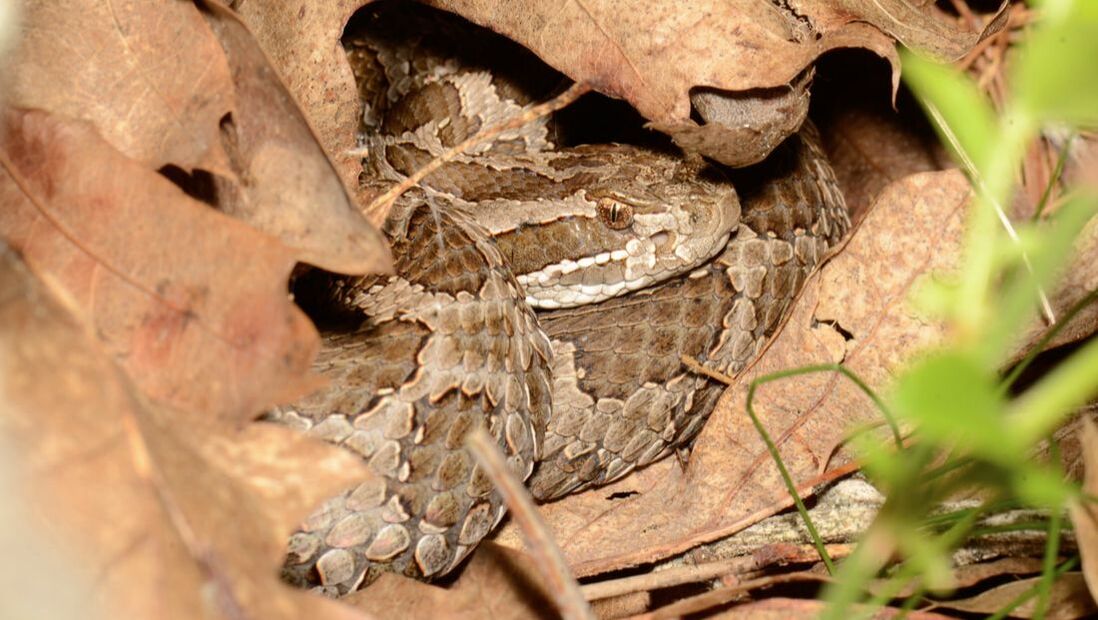ideal for field technicians, students, citizen scientists, and anyone interested in gaining practical skills and knowledge about Monitoring amphibians and reptiles
Course Overview
The amphibian AND reptile courses OR a herpetology course are prerequisites for participation in this course.
Webinar
.Attend Live-online Webinar OR access and view recorded webinars.
Most recent recorded session: March 17, 2024 Online. Next live session March 15, 2025. Webinar sessions scheduled as follows:
|
Online modules
Registration for the course includes access to 14 online modules that reinforce the webinar content
Includes a Natural Heritage Information Centre data sensitivity training module Complete the modules at your own pace and at a time that suites your schedule Modules and practice ID test should be completed before you participate in the field day |
A Day in the Field
Field days consist of 6-hrs of survey time in a protected area in Ontario
Locations are diversity hot spots in central Ontario near Bala (September 28), southeastern Ontario near Thousand Island National Park (September 29), and southwestern Ontario near Long Point (October 5) Select a location to reduce your travel time or based on species of interest If group size permits, participants can attend field days in as many locations as they wish |
Amphibians and reptiles form a significant proportion of Ontario’s protected species. Of the 51 species of amphibians and reptiles listed for Ontario, three are extirpated. Thirty-five species, or 71 % of extant species, are listed as protected, specially protected, special concern, threatened, or vulnerable.
On a global scale, the status and conservation of amphibians and reptiles is a high priority. Their sensitivity to disturbance, specialized ecological needs, and diverse ecological roles make them excellent candidates for monitoring ecosystem health. However, the monitoring programs currently in place may be improved greatly through slight changes in protocol. Despite these clear needs and priorities, most people working in the fields of Ecosystem Monitoring, Environmental Assessment, Ecological Restoration and Fish and Wildlife Biology know little about amphibian biology, identification and monitoring. In short, there is a demand for people with these skills and knowledge but an insufficient supply. [Register for the course]
On a global scale, the status and conservation of amphibians and reptiles is a high priority. Their sensitivity to disturbance, specialized ecological needs, and diverse ecological roles make them excellent candidates for monitoring ecosystem health. However, the monitoring programs currently in place may be improved greatly through slight changes in protocol. Despite these clear needs and priorities, most people working in the fields of Ecosystem Monitoring, Environmental Assessment, Ecological Restoration and Fish and Wildlife Biology know little about amphibian biology, identification and monitoring. In short, there is a demand for people with these skills and knowledge but an insufficient supply. [Register for the course]
Monitoring Amphibians and Reptiles will provide both theoretical and practical knowledge for those who are or will to be involved in monitoring amphibians and reptiles. A problem-based approach will be used to describe the best monitoring methods to be used in light of the question to be answered, available resources, and the species to be studied. Participants will be engaged in discussion and practical exercises to ensure a good understanding of relevant monitoring methods. A full day in the field will facilitate practical application of the knowledge gained and demonstration of the equipment used in monitoring projects. Participants in this course will assist with data collection and project management as part of the course and may continue to assist throughout the field season if they are available and wish to do so.
Learning Outcomes
Basic understanding of amphibian and reptile biology including physiology, morphology and reproductive biology as it relates to amphibian and reptile monitoring.
[Register for the course]
Learning Outcomes
Basic understanding of amphibian and reptile biology including physiology, morphology and reproductive biology as it relates to amphibian and reptile monitoring.
- Basic understanding of the conservation status of amphibians and reptiles in Ontario.
- Demonstrate an understanding of how the natural history (habitat requirements, seasonal activity patterns and reproduction) of Ontario’s amphibians and reptiles will impact data collection protocols.
- Demonstrate an understanding of the techniques used to detect and monitor amphibian populations.
- Demonstrate an understanding of the use of equipment used in amphibian monitoring including drift fences, pitfall traps, elastomers, alpha-numeric tags, PIT tags and telemetry equipment.
[Register for the course]


